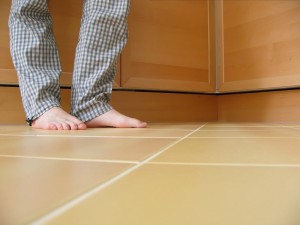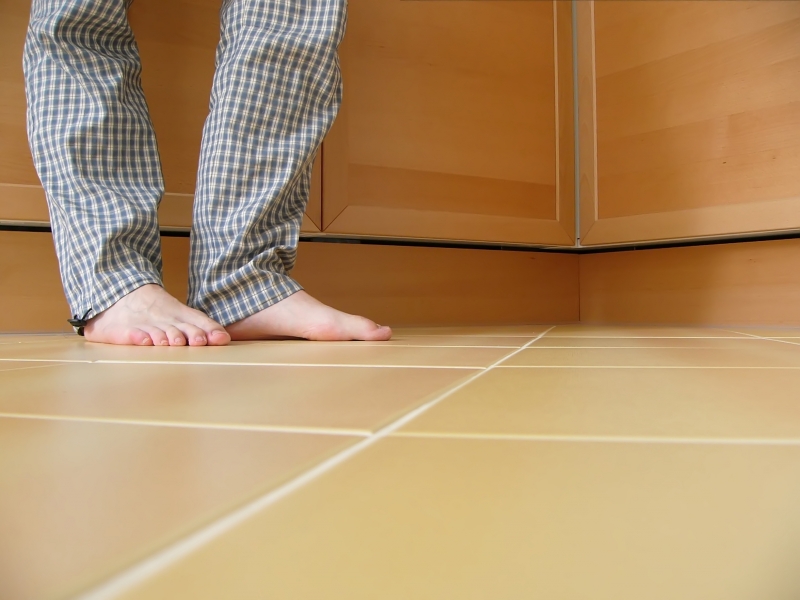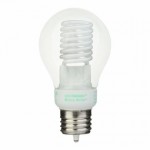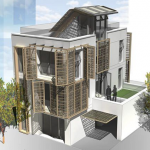
This is a brief exchange between members of Acterra’s Green@Home Community members about the joys and challenges of living with radiant floor heating. The insights are offered by Gerry, who says “I am not an authority – just a guy that has lived with radiant heat.”
QUESTION:
During my work with High Energy Homes, I’ve run into several homes with radiant floor heating. Most seem to use quite a bit of energy due to various factors from insufficient thermostat programming to poor insulation. Does anyone know of a contractor who can do an audit of this type of system?
ANSWER:
There are many companies that can do an audit, but none can actually make the radiant heat itself more efficient if it is the embedded concrete type. There, typically the pipes are closer to the ground than to the room – and contrary to common belief – heat does not rise. It follows the shortest route is.
One of the best things to do with these systems is insure the boiler is efficient, that the pipes are clean and not leaking. But the most productive change that I have found was getting a smarter thermostat. Basically it takes nearly 3 hours for the typical radiant heat system to actually warm the room after the thermostat says it is too cold. So a timed thermostat is essential.
It takes some experience figuring out how best to use these. You need to know the season and what common weather is like. For instance, regardless of the season – in my home the heat goes off at 8am (when the house is near to 62 degrees). By 9 or 10 oclock, the heat that was already in the pipes at 8 am, finally transmits through the slab and heats the house. I find that even though I had the thermostat set for 67 degrees the house is now 72 degrees. (It can be higher on a nice sunny day)
In the afternoon during the winter at 3:30 – even if the house is 68 degrees the heater turns on full blast. Then by 6:30 pm, when it is 45 degrees outside, the heat begins to reach the inside of the house…. If I waited till a typical thermostat reacted, I would be in a 55 degree house from 6:30 unto 9:00 pm waiting for the heat to transfer through the slab.
You learn with practice how to anticipate the need (either to stop heating whena typical thermostat would continue or start heating when the conventional thermostat would never suggest it) – with that we have reduced our gas consumption by well over 60% from when we first moved into the house.
BTW – in the summer (May-beginning of November) we basically leave the heat off – including our pilot light (which by itself typically burns $12 of gas a month)
Newer systems are closer to the room and more responsive… and they are not that expensive (about $24,000 for the heating elements without the boiler). They use a 3/4 inch foam platform with an aluminum transfer sheet and plastic hoses. My neighbor just installed this. It does often require major changes in the house though.
Finally in the South Bay Lipp Hydronics or Anderson Plumbing or any of those guys can point people to higher efficiency boilers… They run any place from $4,000 to $8,000 depending on the type you are looking for (tank, tankless, integrated with hot water or solar, etc.)
If you look at the Eichler newsletter – there are plenty of ads for other companies.
By: Gerald (Gerry) Glaser www.scalablepower.net

 Home Roofs – Big Problem and Simple Solution?
Home Roofs – Big Problem and Simple Solution? How to Save 5000% When Buying CFL Light Bulbs
How to Save 5000% When Buying CFL Light Bulbs Prefab Straw-Bale Buildings are Out to Conquer With Efficiency and Comfort
Prefab Straw-Bale Buildings are Out to Conquer With Efficiency and Comfort